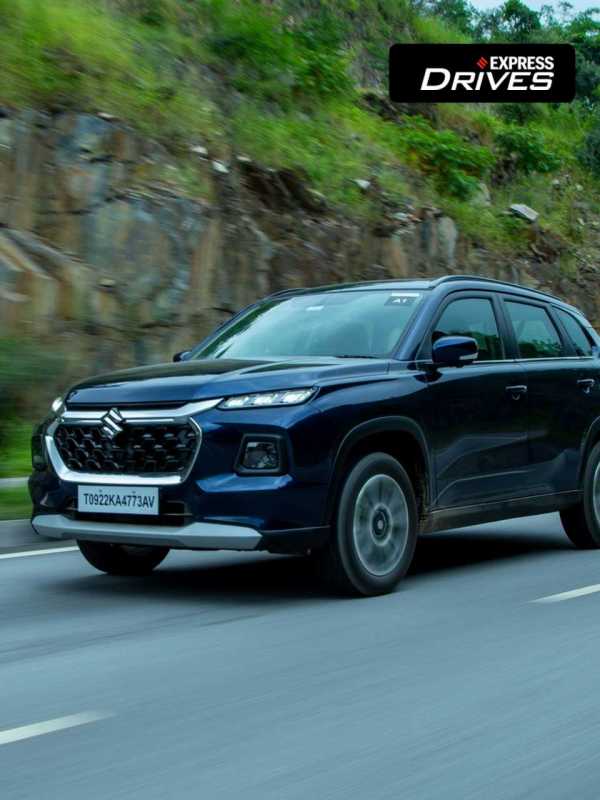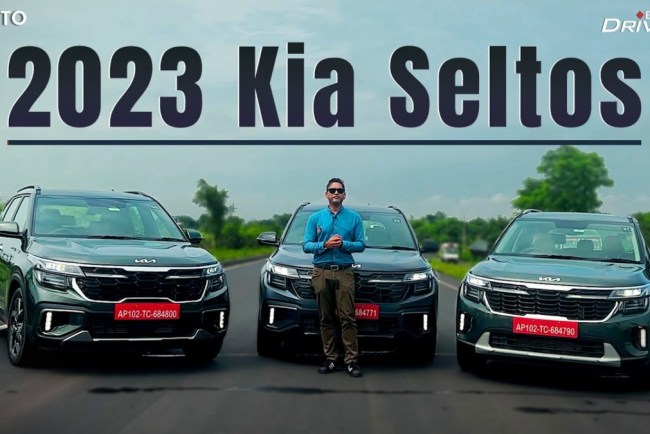By: Abhay Jeet Gupta, Co-Founder, FleetX
Almost 13 lakh people die every year in road accidents across the world and 2-5 crore people suffer non-fatal injuries with disabilities. A study by the World Health Organization (WHO) predicts road traffic crashes to be the fifth leading cause of death and the third leading cause of disability across the world by 2030.
The causes
Factors that contribute to common road accidents include driver error, driver fatigue, distractions, running intersections, red light jumping, speeding, poorly maintained vehicles, bad weather and poor road conditions, among others.
Among these, the main cause of road accidents: Irresponsible driving behaviour. Unsafe driving behaviour is typically human error that may result from a lack of discipline and inappropriate discretion when driving. These can include over-speeding, rash driving, violation of rules, failure to understand signs, fatigue, alcohol, non-adherence to lane driving, red light jumping, avoiding safety gears, sudden swerving, tailgating, and non-yielding, among others.
Diving into driver behaviour
Aggressive driving and texting while driving are examples of common unsafe driving behaviours that put fleets at risk.
To put things into perspective, let’s look at some stats: Accidents are 8x more likely when the driver is texting; texting while driving results in 25,000 injuries and fatalities each year. Accidents related to aggressive driving have increased by 400% since 1990 and result in over 13,000 accidents per year. A 2017 report states that about 87% of drivers engaged in at least one risky driving behaviour in just a month!
Also Read: Will rural India drive EV growth in the country?
Observantly, harsh acceleration, harsh braking, distracted driving, and tailgating occur more frequently at the beginning and end of a driver’s shift. In fact, these risky driving behaviours are 26% more likely to occur in the first tenth of a shift than in the middle of a shift.
Call for improvement!
The key to changing habits is through monitoring, education, coaching and training. When drivers become aware of poor driving habits and safety risks, they can identify and correct them. Here, gamification is a key element that can help improve driver behaviour. Research shows that using gamification, there has been up to an 84% decrease in driver accidents and an over 50% increase in safe driving behaviour.

Driver behaviour can be further improved by:
Real-time feedback: Immediate feedback can help drivers adjust their behaviour and reduce risks in real-time.
Here, dashcams with optional in-truck alerts are making great waves. Fleet dashcams improve fleet safety by providing accurate insights for coaching. Machine vision and Artificial Intelligence (AI) in fleet camera systems detect distracted driving and other risky habits. Commercial dashcams deliver a clear and complete picture of harsh driving events. These dashcams also capture the use of cell phones, smoking, tailgating or driver fatigue, so that risks are minimised and drivers are provided with better coaching.
According to data, in-cab alerts related to harsh braking and harsh acceleration can reduce the frequency of those behaviours by up to 40%; this trend is expected to persist for other types of in-cab alerts as well. Sharing stats with drivers and safety supervisors: The growing use of telematics and gamification has enabled supervisors to monitor driver behaviour more closely. It is important to share data with drivers, related to their behaviour, on a more regular basis.
Simply being aware of these behaviours can go a long way in correcting unsafe driving. Team briefing sessions are a great place to share these findings, where information about specific on-road events is discussed. While making it easier for supervisors to demonstrate driver behaviour at specific events, these sessions also turn into training opportunities.
Also Read: SIAM hosts technology demonstration on ethanol-based flex fuel vehicles in India
Including real footage in coaching sessions: Research shows that people are 22 times more likely to remember a fact when it is part of a story, and real dashcam footage is a powerful storytelling tool. If you have an example of harsh braking or distracted driving, share the footage with your drivers during coaching sessions. The driver involved may be unaware of the happening, but sharing videos of specific events can highlight how the need to brake suddenly could have been avoided; many times, this could be self-realised by the driver while watching the video.
The driver’s own feedback about how he or she was feeling prior to the event could also help increase self-awareness. Evidently, this is more effective than coaching with a generic training video. That said, make sure to share footage of positive driving examples too. It is important to also recognise good driver behaviour. According to Globoforce, 79% of employees work harder when they feel recognised. Now, who does not like some extra brownie points?
Disclaimer: Views expressed are personal and do not reflect the official position or policy of Financial Express Online. Reproducing this content without permission is prohibited.




















